
Best Practices for Your Annual Performance Review [Employee Guide]
Performance reviews have a bad reputation. Managers and HR professionals frequently complain that the process takes up a considerable amount of time and effort and rarely results in a happier and more productive workforce.
For employees, fear of criticism and negative consequences can trigger anxiety and dread leading up to a review. Problems also arise when the process is inconsistent, subjective, or biased. This is a particular concern among workers who are not invited to participate in the review process, as managers can then create an incomplete picture of their performance.
According to Gallup, just 14% of employees strongly agree that their performance reviews inspire them to improve. Meanwhile, more than 9 in 10 managers are unhappy with their current annual review process, according to a study by SHRM.
The stats are disheartening, but abolishing performance reviews altogether isn’t the answer.

Benefits of Performance Reviews
When conducted fairly and consistently, the performance review process offers several benefits to workers and managers, including:
Provides Timely Support: Timely and comprehensive performance reviews are used to identify employees who are unhappy, demotivated, overworked, or struggling to meet their objectives. Early detection enables these kinds of challenges to be addressed without further escalation.
Boosts Employee Performance: Employees perform better when empowered to perform meaningful and interesting work. Gartner’s research found that 82% of people want to be treated as individuals and not just workers, highlighting the need to align unique employee career goals with overall business objectives.
Reduces Employee Turnover: Performance reviews provide the perfect opportunity to recognize and reward employee growth, which, according to Deloitte, boosts employee productivity and engagement by 14%.
Drives Collaboration and Innovation: Organizations with employees who are satisfied with their company’s approach to performance management are more than twice as likely to innovate.
Improves Transparency: In the past, organizations that abolished performance reviews continued to assess and rank their employees behind closed doors, increasing the likelihood of them being highly subjective. Establishing a transparent and collaborative performance review process enables organizations to identify high performers without assessor bias.
As an employee, you don’t have the influence to control the process in its entirety, but you can take steps to optimize your experience. Here’s what to do before, during, and after a review.

Before Your Performance Review
1. Ask for Feedback Throughout the Year
Don’t let the day of your annual performance review be the first time you receive feedback from your manager; lack of preparation coupled with heightened trepidation is likely to impact the fruitfulness of the discussion.
Be diligent in requesting feedback from your manager and peers throughout the year, whether it’s during regular one-to-one meetings or upon the completion of key pieces of work. Maintain a written record of all the feedback you’ve received, including during previous performance reviews, and the steps you take to address it.
2. Understand Your Organization’s Performance Review Process
Employee performance reviews feature different types of evaluation, which are typically followed up by an in-person meeting between a manager and their reportee:
Manager Review: Your manager completes a questionnaire to review your performance.
Self-Review: You complete a questionnaire to review your performance.
360-Review: Your peers provide feedback to review your performance and/or comment on their experiences working with you.
Be sure to become knowledgeable about your employer’s performance review methods, including what you need to prepare and when, what you need to bring to your in-person meeting, and how employees are scored and ranked.
3. Prepare Some Conversation Topics
Self-review questionnaires are usually deployed company-wide to ensure a fair and objective process. But your in-person meeting is an opportunity to ask questions, contribute ideas, set goals, and respond to feedback.
Prepare a few topics you’d like to discuss and share them with your manager beforehand. You might like to include some suggestions for increasing your value at the company, as well as highlighting the steps you plan to take to address constructive feedback or request funding for a relevant training program.
4. Showcase the Good and the Bad
Don’t be afraid to highlight your shortcomings. The performance review process is equally an opportunity to celebrate your accomplishments and identify areas for improvement. By providing an honest self-review, you demonstrate your willingness to learn and enable your manager to provide you with the support and resources you need to perform at your best.
5. Gather Evidence of Your Work
Research shows that humans very often overestimate the extent to which other people notice and retain their achievements. Depending on team size, workplace culture, and in-office time, your manager might be even less likely to keep tabs on your day-to-day work.

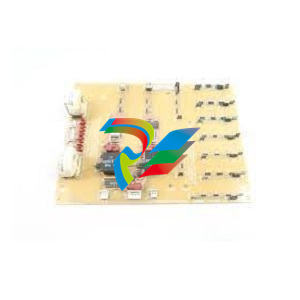
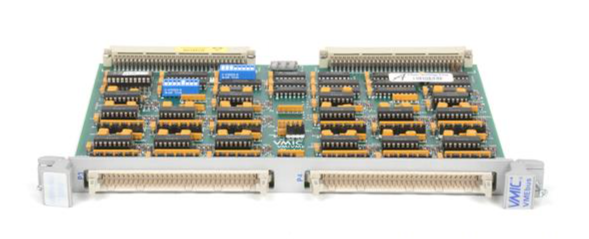
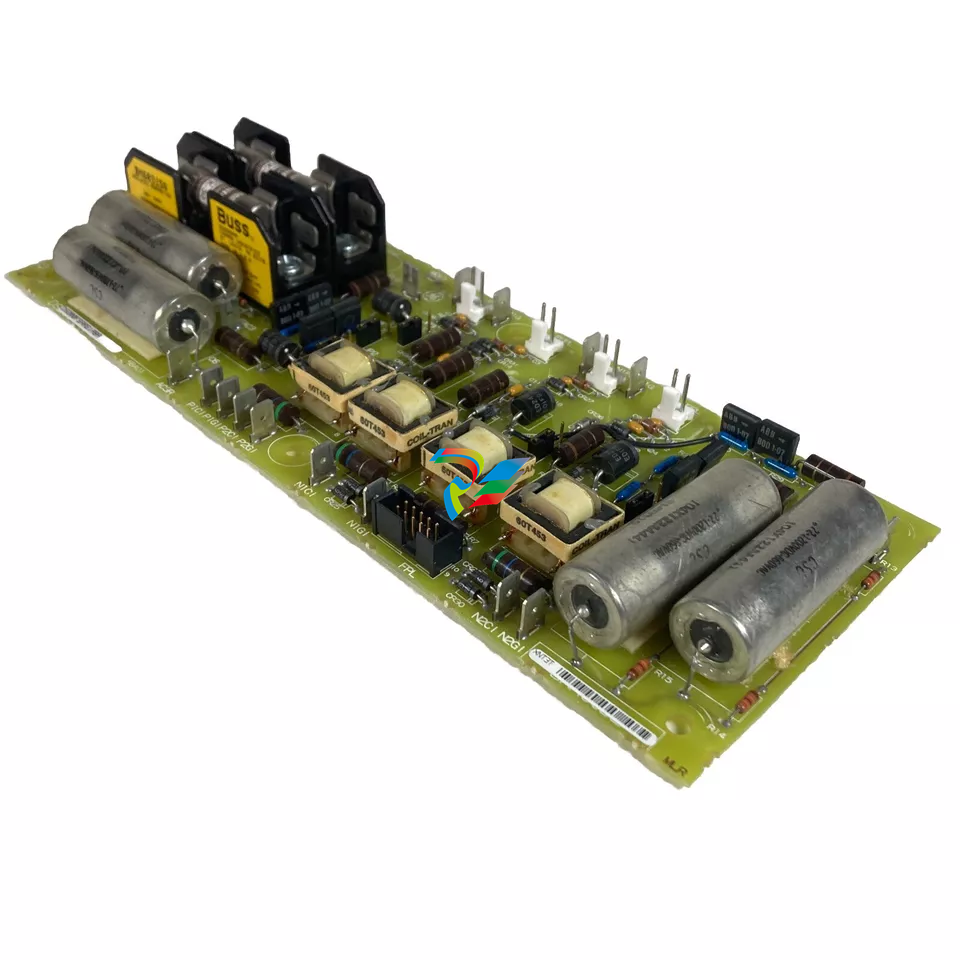
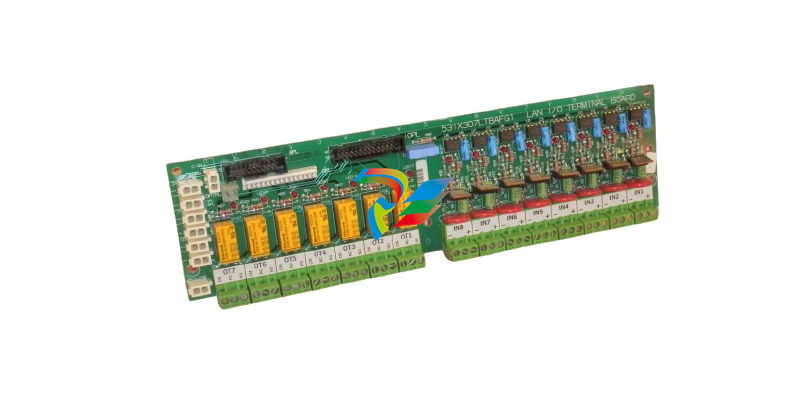



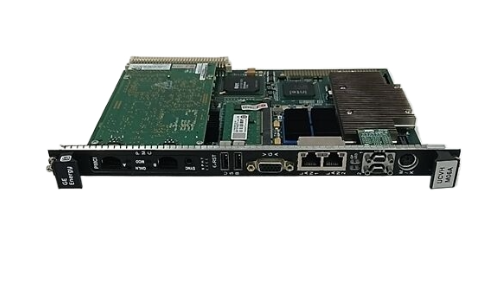

.jpg)

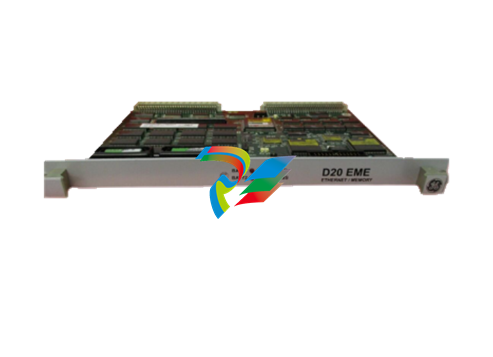
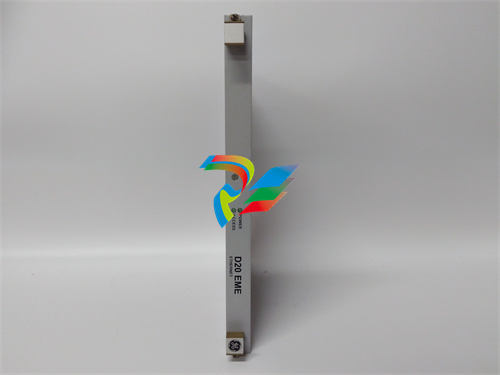
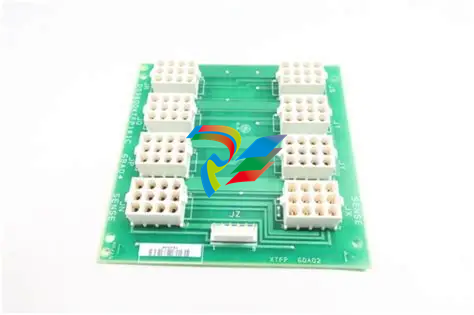











































.jpg)
.jpg)





.jpg)



.png)
.jpg)

.jpg)
_lVjBYb.jpg)

.jpg)
.jpg)



.jpg)
.jpg)







.jpg)

.jpg)
.jpg)











.jpg)




.jpg)
.jpg)
.jpg)
.jpg)
.jpg)
.jpg)
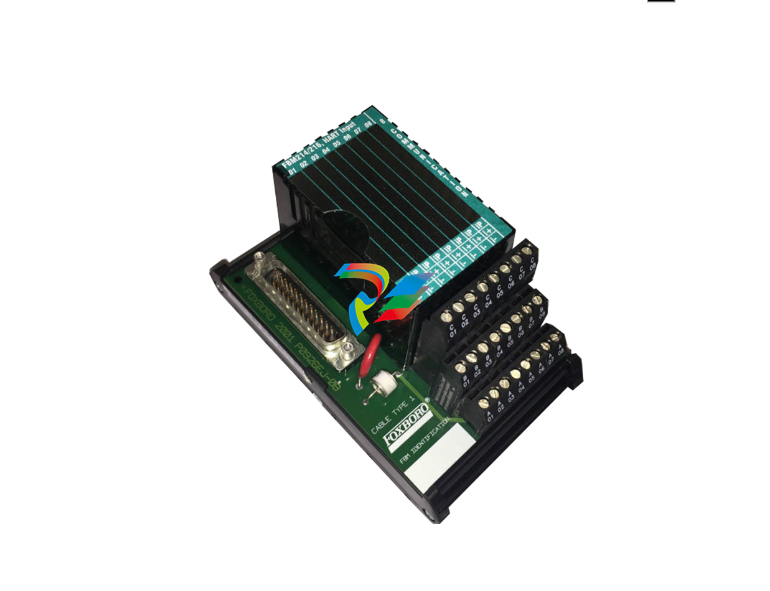
.jpg)
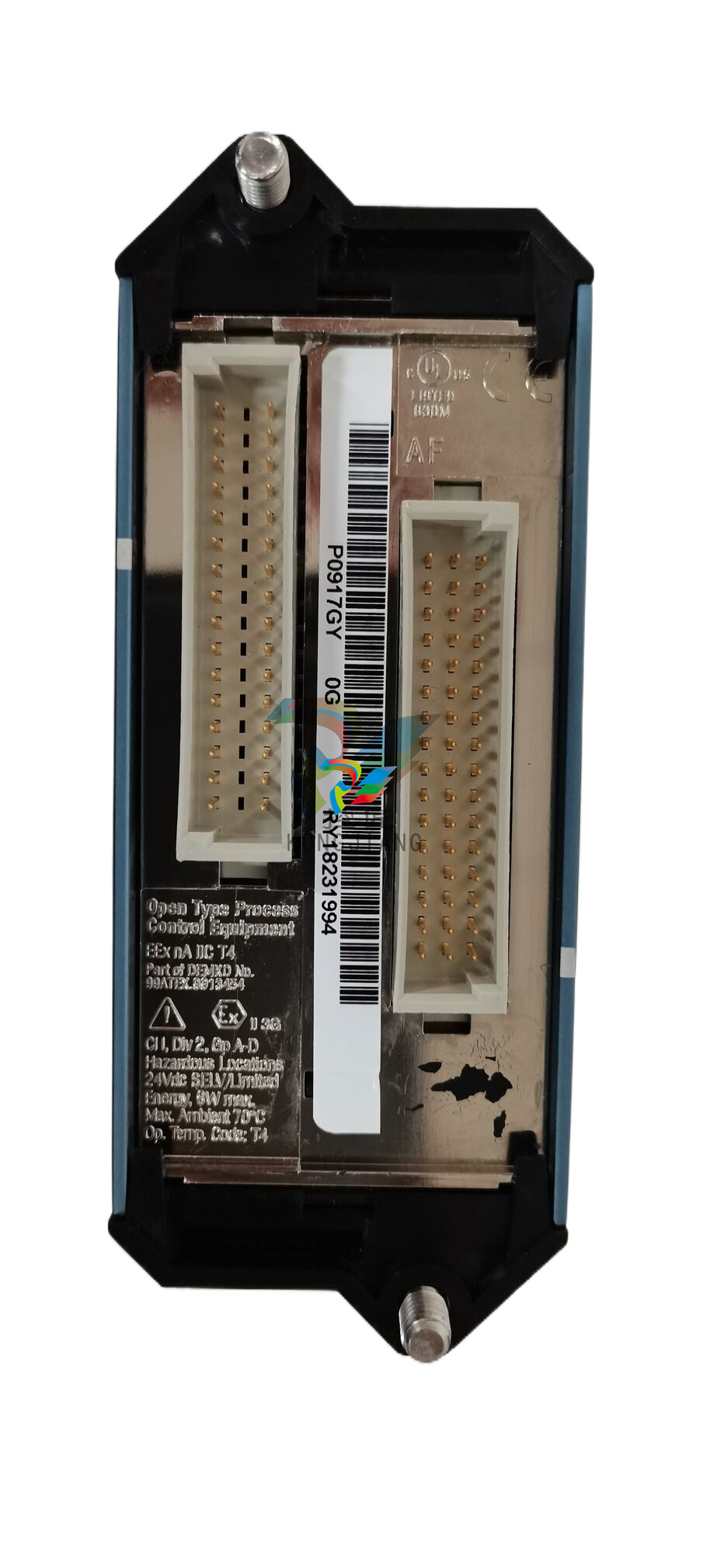
.jpg)
.jpg)


